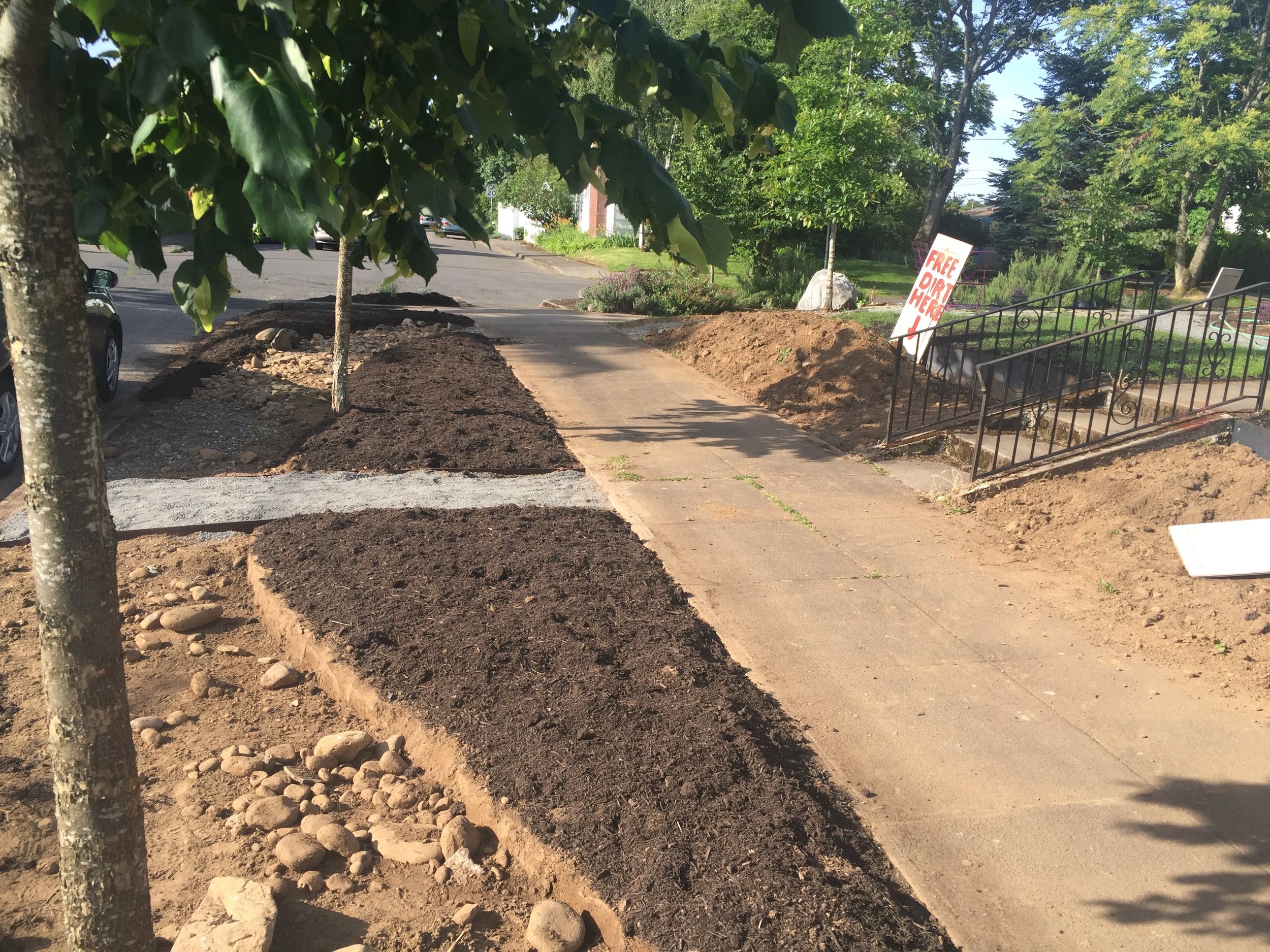
























Time-based art (TBA), according to Artlab33 is defined as “…a cluster of units dealing with the complex multiplicity of artistic forms which use the passage of and the manipulation of time as the essential element […] with specific reference to experimental film, video art and installation, sound, performance and multimedia computing […] by close study of histories of the moving image and the expressive use of technology and the human body.” The writer goes on to state that this definition is lacking, citing work that argues for a more complex etiology, such as Allan Kaprow’s ‘Happenings,’ a type of time-based art begun in the 50s with roots in futurism, surrealism and Dada, where the audience often participates.
Why stop there? Why must TBA be limited to technology and the human body? We have revered technology and our own self-interests since the days of Sputnik. Yes, technology is a wonderful tool but why not broaden our participants to plants, minerals, sunlight, rain, and soil? Isn’t this what we are all made of? And why is most of our time-based art something we must make time to go see. Wouldn’t it be better if it was something we happened upon?
A year ago I was immersed in painting for a solid month in Mexico. I was exploring life and death and what happens to us after we die. From this came a body of work I call Dispersal, where our bodies are no longer enslaved to the human form but disperse and become one with the elements and living things around us. Now I find myself working with those elements; painting with natural forms of texture, light, rust, soil, and time.
I’ve always loved the immediacy of traditional painting. I take paint on a brush and express with no fear, in real time, make mistakes, then work with them to become something of beauty, which can be tremendously rewarding. With my new form of work, time is an added element and a challenge. One must look ahead to the needs of each plant and bit of metal; how much light, moisture, and space it needs to realize its final destination in the painting.
In his book, “The Botany of Desire,” Michael Pollan personifies plants and illustrates their manipulative power over our desires, whether through seduction or sheer brute force, to ensure their survival. Through his discussion of how the sweetness of apples, the seduction of tulips, the intoxication of marijuana, and potato’s satisfying our desire to control our environment, Pollan illustrates that we humans do not stand outside the interconnection of nature but are very much a part of it.
The staging of art is another consideration. As mentioned earlier, time-based art is often something one has to go see or participate in. What if we broadened it to include something we happened upon? I live on a corner on a street that connects two schools and a park, heavily trafficked by walkers. The time-based canvas we are discussing is my front and side property, large and open to those passing by. Often, people will stop and notice, comment and ask questions. I have heard and see the appreciation in their eyes.
I think back to a statement my late mentor, Leigh Hyams, said that continues to resonate, “For me, the act of drawing or painting a landscape fulfills some inarticulate need to be an integral part of the universe – to meld with the natural world, or, somehow, through painting, to touch the life force for an instant.” This quote exemplifies the mysterious and powerful interconnectedness of art and the natural world.
Viewing art can also make us stop and consider our place in the universe. May this latest work allow those who pass by to stop and “touch the life force for an instant.”